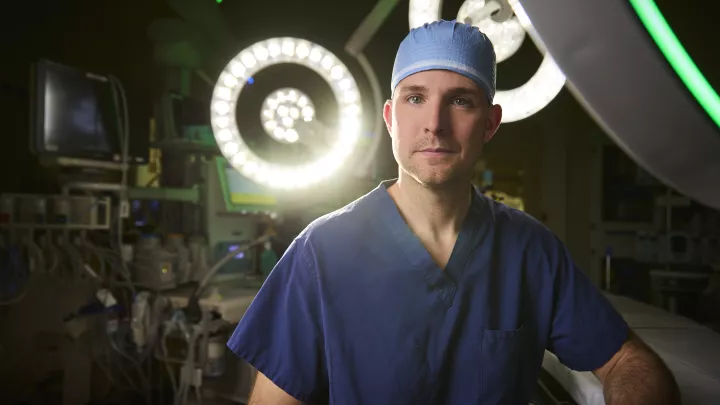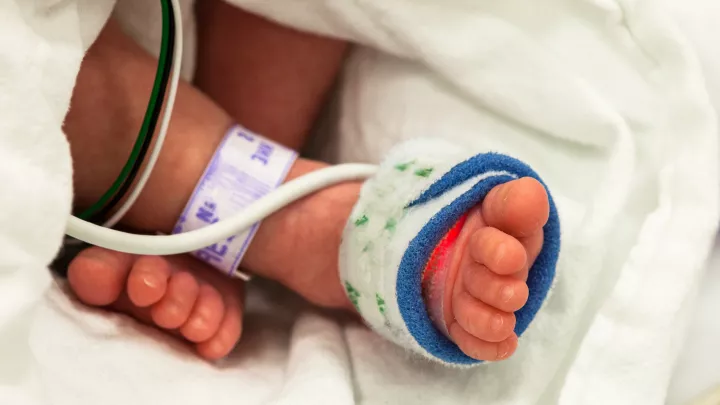Electrocardiogram
Every time the heart beats, electrical signals move through it, causing it to contract and pump blood. An electrocardiogram, also called an EKG or ECG, records and measures these electrical signals. This test is noninvasive and painless.
What Does an Electrocardiogram Show?
An EKG shows:
- How fast the heart beats
- How well heart devices work, such as pacemakers and implantable cardioverter defibrillators (ICDs)
- Size and position of the heart’s chambers
- Strength of the heart’s electrical impulses
- Whether the heartbeat is normal or irregular
EKG results help doctors diagnose or rule out certain heart conditions, such as:
- Arrhythmia (abnormal heart rhythm)
- Cardiomyopathy (enlargement of the heart)
- Congenital heart defects (heart defects present at birth)
- Ischemia (decreased blood supply to the heart)
- Myocarditis (inflammation of the heart)
- Pericardial effusion (fluid in the sac around the heart)
Types of Pediatric EKGs
Doctors may use electrocardiograms in different ways, depending on your child’s symptoms and heart health. Your child may get an EKG:
- In a doctor’s office or outpatient facility: Doctors may order an EKG that takes place in their office or another health facility. The test usually takes about 10 to 15 minutes to do.
- During an exercise (stress) test: An exercise test records how your child’s heart responds to exercise. Doctors use an EKG during this test, which takes about an hour. Learn more about how we perform an exercise test.
- As a Holter monitor: A Holter monitor is a portable EKG test that your child wears at home. This method helps doctors get information about your child’s heart over the course of several hours or days.
Electrocardiogram: What to Expect
At Children’s Hospital Los Angeles, we have dedicated pediatric electrophysiologists who specialize in children’s heart rhythm disorders. Our pediatric electrophysiologists work with nurses and technicians to conduct EKGs at our hospital. You can stay with your child during the test.
Here’s what to expect at each stage of an EKG:
1. Before your child’s appointment
Some things can interfere with the accuracy of an EKG. To prepare for the test, your child should avoid:
- Caffeinated beverages, such as coffee, tea and soda, 24 hours before the test
- Cold beverages immediately before the test
- Exercise immediately before the test
Your child can wear comfortable clothes and eat or drink at normal times. Most children do not need to avoid eating before the test. Children should take their medications as usual unless their doctor gives different instructions.
2. Placing the electrodes
When it’s time for the test, we place stickers called electrodes on your child’s chest, wrists and ankles. They do not cause pain.
Your child’s technician connects the electrodes to the EKG machine, which records the heart’s electrical activity.
3. Lying still for the test
Your child will need to lie still for a standard EKG. We ensure your child is warm and comfortable.
This part of the test takes about 10 to 15 minutes. The technician may ask your child to hold his or her breath for a few seconds.
Getting Your Results
After your child’s test is complete, our pediatric electrophysiologists analyze the results. They will discuss them with you and what they mean for your child’s treatment plan.
Cardiology Care at Children’s Hospital Los Angeles
At CHLA, your child receives excellent care from world-class experts. Learn more about our nationally ranked pediatric cardiology care.


